As soon as the current-generation Chevy Malibu debuted for 2013, creaking from journalists began. They didn’t like the grille. Rear seat room was too tight. Interiors were overdone. Seats needed more support. Fuel efficiency wasn’t quite up to segment standards. Some of these were matters of opinion, but other concerns were legit. Showing Chevrolet is quick to react and tweak its course, a significantly updated Malibu is coming for 2014.
“The 2014 Chevrolet Malibu builds on the strengths established by the all-new 2013 Malibu to make it a stronger choice for customers,” said Mark Reuss, president, General Motors North America. “The midsize sedan segment is the most contested in the industry and we’re not sitting still with the 2014 Chevrolet Malibu.”
Designers kept their scalpels off of the Malibu’s basic body shell, but restyled the front end to better match that of the all-new Impala. Gone is the blocky, truckish nose, replaced by a more fluid twin-port design with a hood that extends down over the top of the grille. Additional chrome lends an upscale appearance.
Exterior styling wasn’t a big problem—the 2013 Malibu looked pretty good. However, in an attempt to combine global platforms, the Malibu shares a shorter wheelbase with the European Opel Insignia—a car we know as the Buick Regal. That reduced rear seat space, which was a highlight of the previous-generation Malibu. Journalists and owners complained, and probably rightfully so.
To make the current model roomier, front seats were resculpted to increase rear knee space without losing front comfort. Rear seats were modified to allow passengers to sit deeper, providing much-needed space. GM claims about a half-inch was trimmed from the front of the rear cushion. It only takes an inch here and there to make a significant difference in legroom. All of the mods add up to 1.25 inches of knee room for rear passengers.
None of the current Malibus are underpowered; but engineers decided to step up powertrain output anyway. Base 2.5-liter four-cylinder engines employ variable valve lift control and start/stop technology to deliver 196 horsepower and 186 lb.-ft. of torque. Fuel economy improves 5 percent in the city and 3 percent on the highway for ratings of 23/35 mpg respectively.
Start/stop technology allows the engine to pause while at rest, like at a stoplight. When the driver lifts off the brake, the engine restarts automatically. An auxiliary battery powers accessories like the climate control system, windows, and radio while the engine is not running. This technology is already common in Europe and on hybrids, but expect it to become more commonplace here in the coming years.
If none of this sounds exciting, step to the upgraded 2.0-liter turbo-four engine that generates 14 percent more torque than before. It is rated 259 horsepower and 295 lb.-ft. of torque. You will not miss having a V6 option.
Putting power to good use is a refined chassis that integrates advances from the 2014 Impala. Redesigned springs and struts are better tuned for a smoother ride, but also controlling body roll in corners and weight transfer during acceleration. Wheels stay better planted to improve handling. Electric power steering was also modified to provide higher effort at speed to improve feel.
Four-channel anti-lock brakes, electronic stability control, electronic brake force distribution, corner brake control, and brake force distribution further enhance handling.
Safety technology is even more impressive. Borrowing from research that went into GM’s luxury models, Malibu is available with a full array of crash avoidance systems. Side Blind Zone Alert and Rear Cross Traffic Alert debut for 2014. The systems compliment a car that already achieved a 5-Star Overall Vehicle Score in the New Car Assessment Program from NHTSA and was a 2013 Top Safety Pick by the IIHS.
“We made changes within 18 months, demonstrating an unprecedented commitment to make the Malibu the best car it can be,” said Ken Kelzer, executive chief engineer, global full-size and mid-size cars. “The 2014 Malibu has been engineered to deliver more precise ride and handling that is on par with more expensive sports sedans.”
Chevrolet took a bit of flak for the Malibu, but these changes should make significant steps in the right direction. This is an incredibly competitive segment where little upgrades make a big difference. Kudos to Chevy for reacting swiftly.
Chevy Malibu Updated for 2014
As soon as the current-generation Chevy Malibu debuted for 2013, creaking from journalists began. They didn’t like the grille. Rear seat room was too tight. Interiors were overdone. Seats needed more support. Fuel efficiency wasn’t quite up to segment standards. Some of these were matters of opinion, but other concerns were legit. Showing Chevrolet is quick to react and tweak its course, a significantly updated Malibu is coming for 2014.
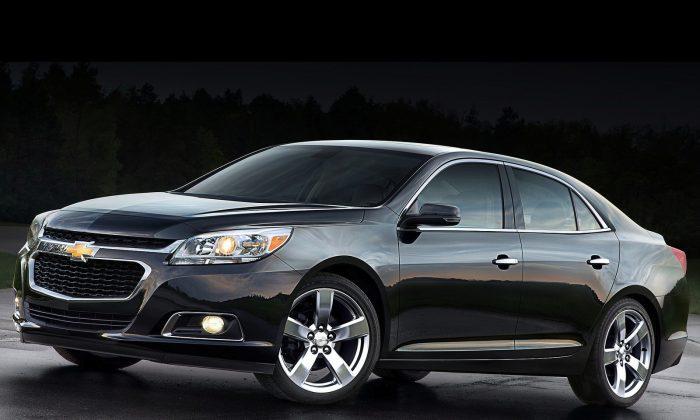
9/1/2013
Updated: 9/1/2013
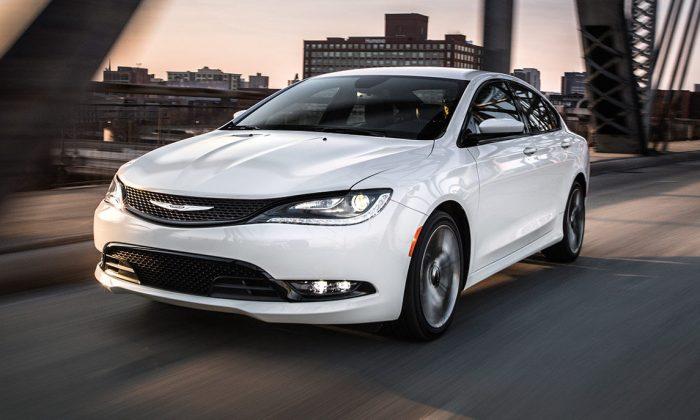
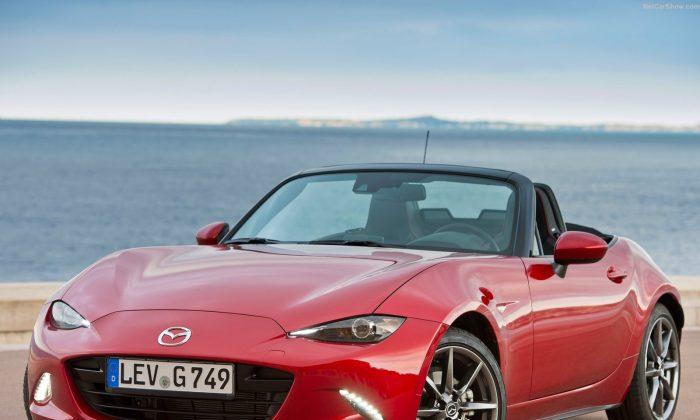
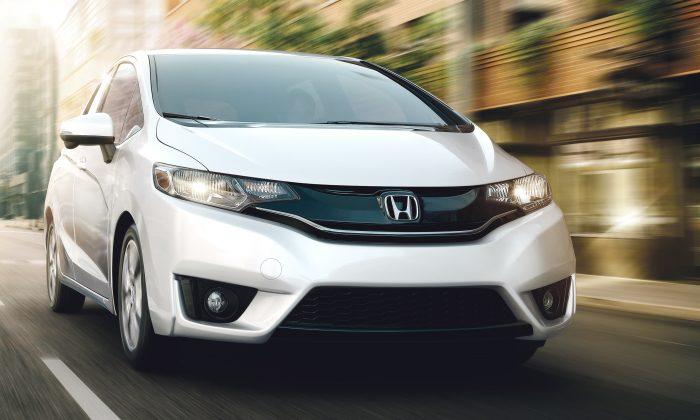
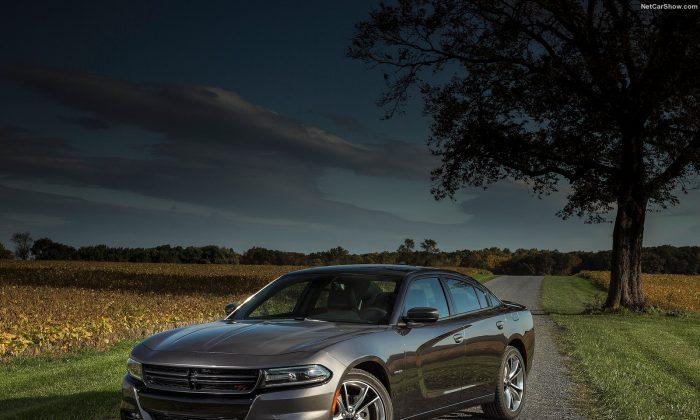
Friends Read Free